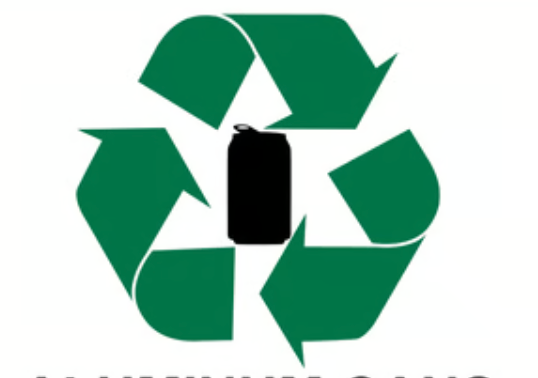Recycling is a key component of sustainable living, but the multitude of recycling symbols on products and packaging can often be confusing. Understanding these symbols is crucial for recycling correctly and effectively. This blog will decode the various recycling symbols, helping you make informed decisions and contribute to a cleaner, greener planet.
The Mobius Loop

The Mobius Loop is the universal recycling symbol, consisting of three chasing arrows that form a triangle. Here’s what it signifies:
• Meaning: The product or packaging is recyclable.
• Variations: Sometimes, the symbol includes a percentage inside or beneath it, indicating how much of the product is made from recycled materials.
The Green Dot is often misunderstood. While it’s not a recycling symbol per se, it’s important to know what it represents:
The Green Dot

• Meaning: The manufacturer has made a financial contribution to a recycling program. It does not necessarily mean the product or packaging is recyclable.
• Context: Commonly seen in European countries, it indicates the company supports packaging recovery schemes.
Resin Identification Codes (Plastic Codes)
Plastics are marked with a number inside the Mobius Loop, known as the Resin Identification Code. Here’s a breakdown of what each number means:

1. PET or PETE (Polyethylene Terephthalate)
• Common Uses: Soft drink bottles, water bottles, and food packaging.
• Recyclability: Widely recycled.
2. HDPE (High-Density Polyethylene)
• Common Uses: Milk jugs, detergent bottles, and some plastic bags.
• Recyclability: Widely recycled.
3. PVC (Polyvinyl Chloride)
• Common Uses: Pipes, shrink wrap, and some toys.
• Recyclability: Not commonly recycled.
4. LDPE (Low-Density Polyethylene)
• Common Uses: Grocery bags, bread bags, and some food wraps.
• Recyclability: Not commonly recycled curbside but accepted in some programs.
5. PP (Polypropylene)
• Common Uses: Yogurt containers, straws, and bottle caps.
• Recyclability: Not widely recycled but growing in acceptance.
6. PS (Polystyrene)
• Common Uses: Disposable coffee cups, plastic food boxes, and cutlery.
• Recyclability: Difficult to recycle and not commonly accepted.
7. Other (Various Plastics)
• Common Uses: Mixed or layered plastic products.
• Recyclability: Not commonly recycled.
Paper Recycling Symbols
Paper products have their own set of recycling symbols to indicate their recyclability:
• Mobius Loop with Paper Symbol: Indicates the paper product is recyclable.
• Recycled Paper Symbol: Shows that the paper product is made from recycled paper.
• FSC and PEFC Symbols: These symbols indicate that the paper comes from responsibly managed forests, ensuring sustainability.
Glass Recycling Symbol

• Meaning: The glass container is recyclable.
• Note: Most glass bottles and jars can be recycled, but items like Pyrex or ceramics cannot.
Aluminium Recycling Symbol

Aluminium products, such as cans and foil, are marked with the aluminium recycling symbol:
• Meaning: The product is recyclable and should be placed in the appropriate recycling bin.
• Benefit: Recycling aluminium saves a significant amount of energy compared to producing new aluminium from raw materials.
E-Waste Recycling Symbol

Electronic waste, or e-waste, is indicated by a symbol showing a crossed-out wheelie bin:
• Meaning: The electronic product should not be disposed of with regular household waste. Instead, it should be taken to a designated e-waste recycling facility.
• Importance: Proper disposal prevents harmful substances from contaminating the environment.
Understanding recycling symbols is crucial for correctly sorting and disposing of waste. By familiarising yourself with these symbols, you can help ensure that recyclable materials are processed properly and contribute to a more sustainable world. Next time you’re about to throw something away, take a moment to check for these symbols and recycle responsibly.

Kommentare